






of







of







of





















The territory of Azerbaijan is rich in fortifications and fortresses built for defense purposes. One of them is the Asgaran fortress. The Askeran Fortress, built in the 18th century by the order of Karabakh khan Panahali khan, is one of the brightest examples of Azerbaijani architecture. The construction of the fortress was connected with the rise of the Karabakh khanate. Askeran fortress is located near Asgaran settlement of Khojali district, 24 km from Shusha, 5 km from Khojaly, and 12 km south of Aghdam, on the right and left banks of the Gargar River.
Historian Mir Mehdi Khazani in his book “History of Karabakh” stated that Panahali khan, being at enmity with the Shirvan and Sheki khanates, willed his elder son, Ibrahimkhalil khan, to build a castle among the Asgaran Mountains. Raised by Ibrahimkhalil Khan in 1787, this castle housed the infantry that had been called up to guard the capital of the khanate, Shusha City, against attacks by the enemies from the East.
The rectangular part of Asgaran Castle erected at the highest point of the left-bank relief looks like an inner castle. Detaching from the inner castle, two walls are separated from each other as they descend to the bank. The castle wall extending parallel to the coastline unites them at the bottom. The length of the left-bank castle is 110 m. Because the right-bank slope of the river is even broader and the relief is relatively quiet, here the castle was constructed as a defensive barrier stretching (250 m long) perpendicular to the bank. This double wall-barrier unites small fortresses built at the foot and at the top of the bank slope and two towers placed in the middle into the single strong defensive system. This barrier is the gate to Shusha, the center of the khanate.
The barrier’s being parallel as two castle walls enabled soldiers in the castle to connect and to organize an effective defense during the march of hostile troops across the riverbed. The round and square keep-towers of Asgaran Castle were two and three-storied inside and covered with stone domes. On the whole, constructions built from semi-hewn stone and the 2-3 m-thick wall laying had been very skillfully performed. The height of the castle walls that
are currently in a dilapidated condition, reaches 9 m in some parts. Due to its structure, Asgaran Castle more resembles a defensive barrier. It can be considered the last example of the century-old tradition of the Azerbaijan defensive barriers. Locating at the place with beautiful and unique landscape and integrating the heavy and entire volumes with the neighboring nature give an extremely magnificent appearance to the architecture of Asgaran Castle.
After the occupation of Khojaly by the Armenian Armed Forces in 1992, the fortress was destroyed. A few years ago, Armenia began illegal “reconstruction” work in the Asgaran Castle. According to the images spread on the internet, the “restoration” work is designed to completely change the appearance of the castle. The architectural style of the historic building has been changed, and deep pits have formed in the construction area. Armenia has seriously damaged the appearance of the historical monument to appropriate the Asgaran Castle.
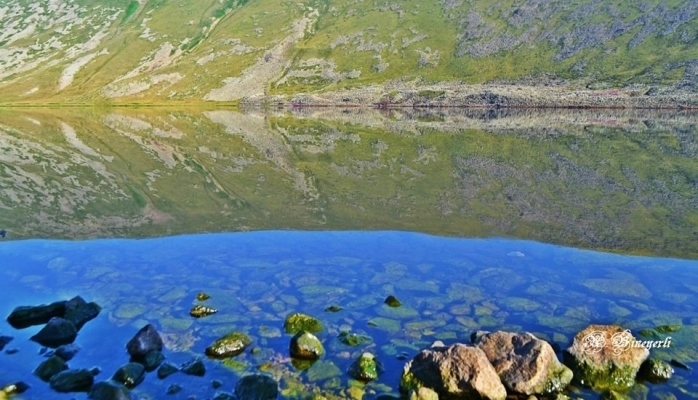
Qaragol Interrepublics State Reserve was set up with the decision of the Council of Ministers dated November17, 1987. Garagol State …

The idea of establishing Aghdam Bread Museum, which is considered to be the second in the world after the Zurich …
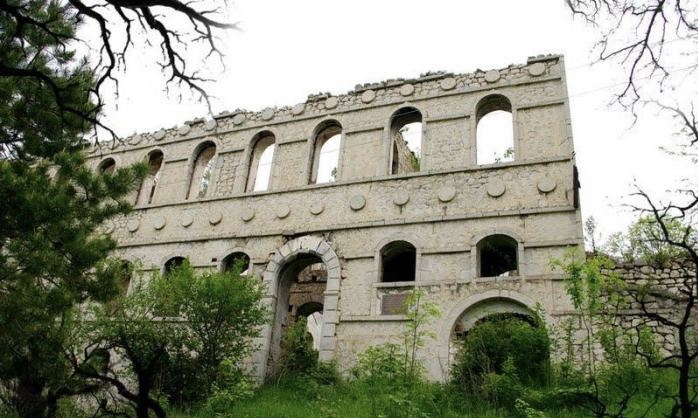
The Khurshudbanu Natavan’s House is a historical and architectural monument of the 18th century located in the city of Shusha. …

Museum Mausoleum Complex of Molla Panah Vagif is located in Shusha, Azerbaijan. It was built in honor of Molla Panah …
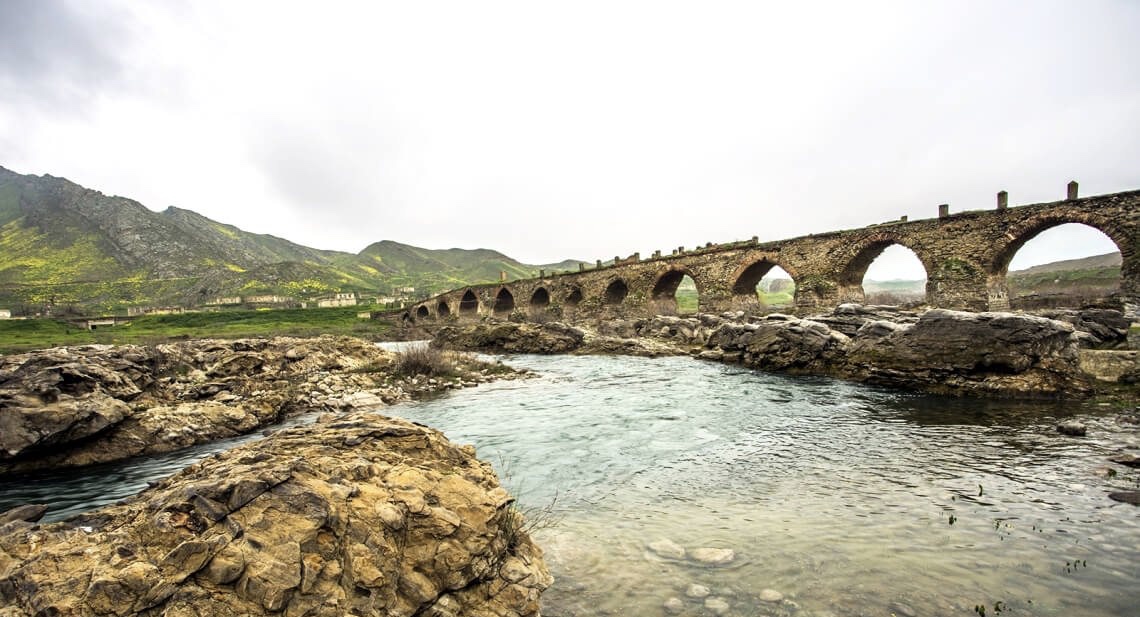
The Bridge belongs to the Arran architecture school. The first written source that mentioned the 15-arched Khudafarin Bridge belongs to …
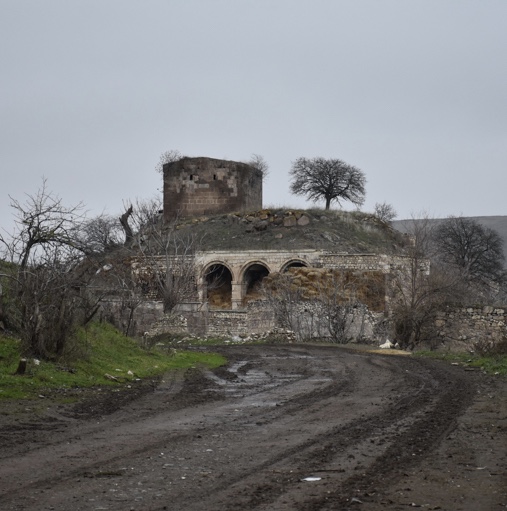
Garghabazar Caravanserai was built in 1681 at the hillside, in the center of Garghabazar village of Fuzuli district, 8 km …
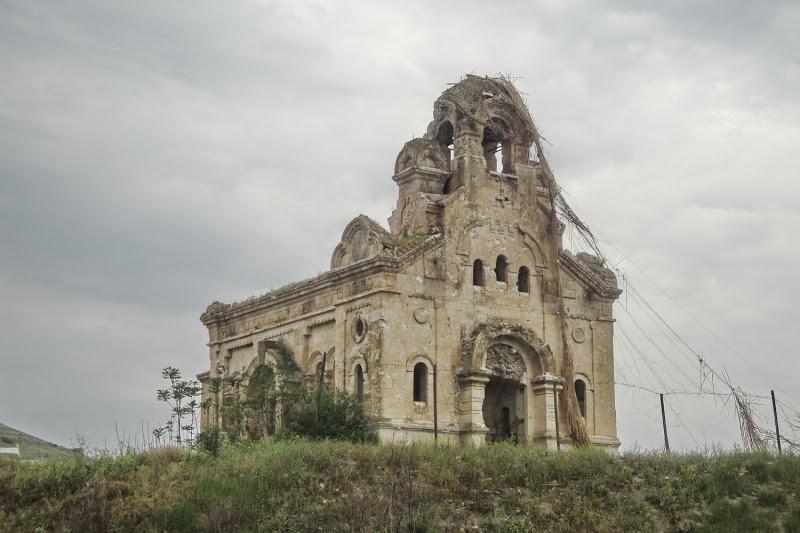
Armenia’s vandalism in Nagorno-Karabakh and seven surrounding regions affected not only the historical, cultural, and religious heritage of Islam but …

Jabrayil History-Ethnography Museum has been operating since 1953. Archaeological and ethnographic materials belonging to the history of the region, textiles, …

Khudavang, or Dedeveng, Monastery Complex is located in the Vang village of Kalbajar District, on the left bank of Tartar …

“The 19th century Aghdam Juma Mosque is perhaps the only structure that has withstood the years of neglect since the …